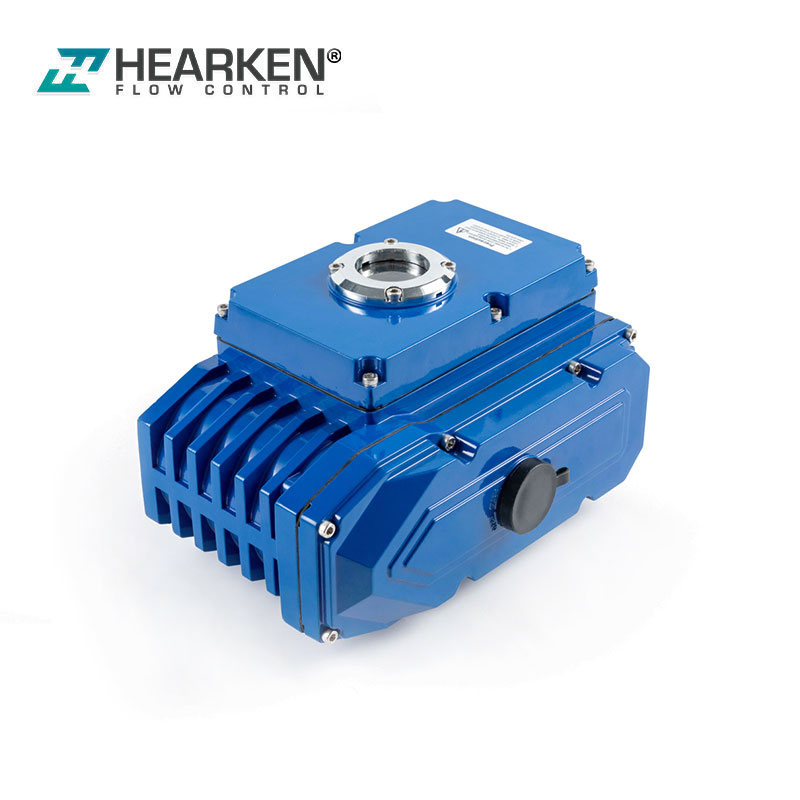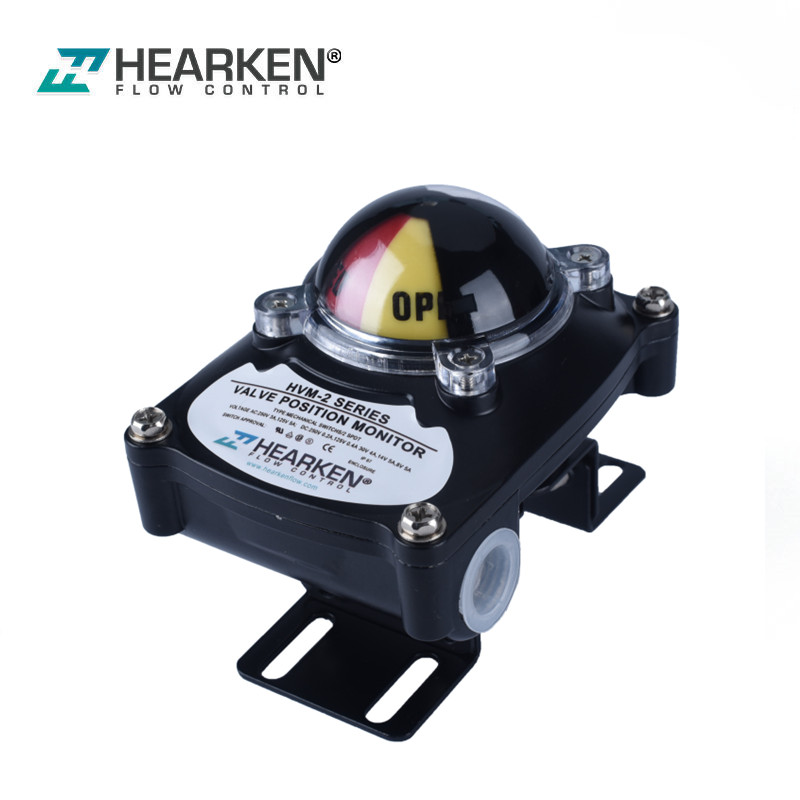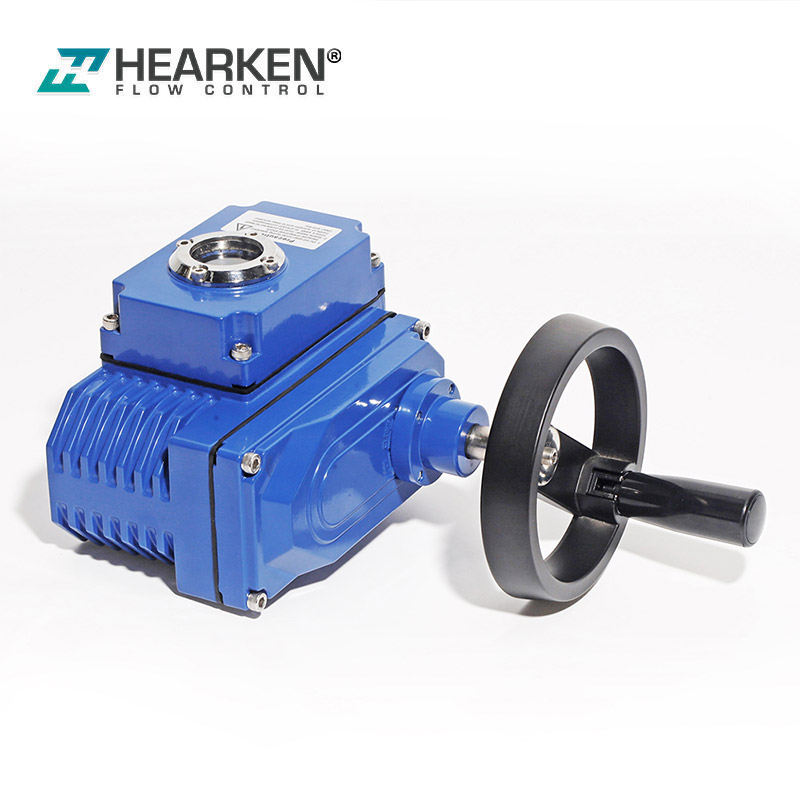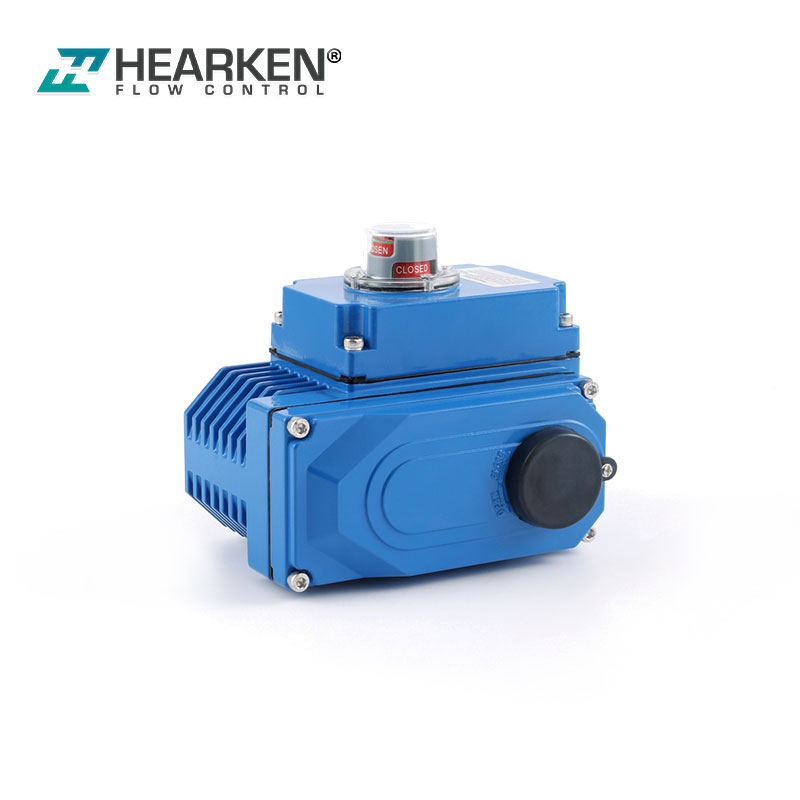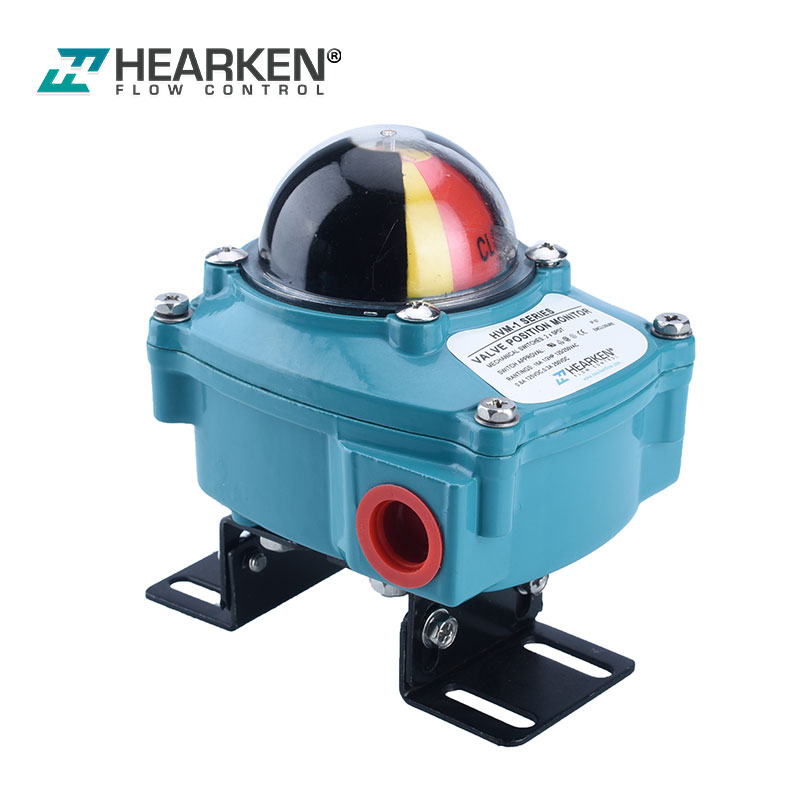What is The Pneumatic Control Valve?
The Pneumatic Control Valve is a type of valve that is used to control the flow of air or other gases in a pneumatic system. Pneumatic systems are commonly used in industrial and manufacturing settings for tasks such as automation, process control, and power transmission.
The Pneumatic Control Valve is typically composed of a body, a diaphragm, a spring, and a pilot valve. The major support for the other parts of the valve is provided by the body of the valve. The diaphragm is a flexible membrane that separates the inlet and outlet ports of the valve. The spring is used to apply a force to the diaphragm to help control the flow of air or gas through the valve. The pilot valve is used to control the pressure of the air or gas that is used to move the diaphragm.
Pneumatic Control Valves can be divided into many sorts according to how they function. One common type is the diaphragm valve, Valve A diaphragm is used in a globe or angle pattern valve to control the flow of fluid. Another kind is the solenoid valve, which regulates the flow of air or gas using an electric current. Additionally, there are also globe valves, which use a globe-shaped body to control the flow of air or gas.
Pneumatic Control Valves are widely used in various industries because of their high performance, precise control, and ease of maintenance. They are also widely used in chemical, petrochemical, and power plants, as well as in manufacturing processes and in the food and beverage industry.
Overall, the Pneumatic Control Valve is an essential component in any pneumatic system, providing precise control over the flow of air or other gases to ensure optimal performance and efficiency in industrial and manufacturing settings.
Operating principal of Pneumatic Control Valve
The operating principle of a Pneumatic Control Valve is based on the movement of a diaphragm in response to changes in the pressure of the compressed air or gas used to actuate the valve. The diaphragm is a flexible membrane that separates the inlet and outlet ports of the valve, and is attached to a stem that moves up and down in response to changes in pressure.
When the valve is in the closed position, the diaphragm is in a lowered position, creating a seal that prevents the flow of air or gas through the valve. To open the valve, compressed air or gas is directed into a chamber on one side of the diaphragm, increasing the pressure and causing the diaphragm to move upward. This action causes the valve to open, allowing gas or air to pass through the valve.
To close the valve, the compressed air or gas is directed into a chamber on the other side of the diaphragm, decreasing the pressure and causing the diaphragm to move downward. This movement closes the valve, preventing the flow of air or gas through the valve.
The movement of the diaphragm is controlled by a pilot valve, which is used to regulate the pressure of the air or gas used to actuate the valve. The pilot valve can be controlled manually or by an external control system, such as a computer or PLC, to provide precise control over the flow of air or gas through the valve.
Overall, the operating principle of a Pneumatic Control Valve is based on the movement of a diaphragm in response to changes in the pressure of the compressed air or gas used to actuate the valve, which is controlled by a pilot valve.
Types of Pneumatic Control Valve
There are many different kinds of control valves available. All of them has it’s own unique features and purpose. Some common types include:
1. Globe valves: These valves have a globe-shaped body that uses a linear motion to control the flow of fluid.They are frequently employed in settings that demand precision flow management, like power plants and chemical processing facilities.
2. Ball valves: These valves have a rotating ball that regulates fluid flow. They are frequently employed in situations when a prompt shut-off is necessary, like in pipelines for gas and oil.
3. Diaphragm valves: These valves use a diaphragm to control the flow of fluid. They are commonly used in applications where the fluid being controlled is abrasive or corrosive, such as in the chemical and petrochemical industries.
4. Butterfly valves: In order to control the flow of fluid this kind of valves are used.They are frequently employed in applications that call for a high flow rate, like irrigation systems and water treatment facilities.
5. Needle valves: The main function of this kinds of valves is to control the flow of fluid. These valves regulate fluid flow using a sharp needle. They are frequently utilised in situations like laboratories and research centres where precise flow control is necessary.
6. Solenoid valves: These valves use an electric current to control the flow of fluid. They are commonly used in applications where remote control is required, such as in automation and process control systems.
7. Self-Operated valves: These valves use the energy of the process fluid itself to operate and control the flow of the fluid. They are commonly used in applications such as pressure reducing valves, backpressure valves, and safety valves.
Each type of control valve has its own advantages and disadvantages, and the type of valve that is best suited for a particular application will depend on the specific characteristics of the fluid being controlled and the requirements of the process.
Applications of Pneumatic Control Valve
Numerous industries employ control valves often for a wide range of purposes. The following are a few of the most typical uses for control valves:
1. Flow Control: Control valves are used to control the flow of liquids, gases, and steam in pipelines. They are used to regulate the flow rate and pressure of the fluid to ensure optimal performance and efficiency in industrial and manufacturing processes.
2. Temperature Control: Control valves are used to control the temperature of liquids and gases in process systems. They are commonly used in heating and cooling systems to maintain a stable temperature in industrial and manufacturing processes.
3. Level Control: Control valves are used to control the level of liquids in tanks and vessels. They are used to maintain a constant liquid level in industrial and manufacturing processes, such as in water treatment plants and chemical plants.
4. Pressure Control: Control valves are used to control the pressure of liquids and gases in pipelines and process systems. They are used to maintain a stable pressure in industrial and manufacturing processes, such as in power plants and petrochemical plants.
5. Safety Systems: Control valves are used as safety devices to protect equipment and personnel in industrial and manufacturing processes. They are used in safety relief valves, pressure relief valves, and overpressure protection systems to prevent equipment from overloading.
6. Automation and Process Control: Control valves are used in automation and process control systems to control the flow, pressure, and temperature of liquids and gases in industrial and manufacturing processes.
7. Pharmaceutical and Biotechnology: Control valves are used in the pharmaceutical and biotechnology industry to control the flow of liquids and gases in the manufacturing process.
8. Food & Beverage Industry: Control valves are used in the food and beverage industry to control the flow of liquids and gases in the manufacturing process.
Overall, control valves are essential components in industrial and manufacturing processes, providing precise control over the flow, pressure, and temperature of liquids and gases to ensure optimal performance and efficiency.
Difference between a Pneumatic Control Valve and a Self-Operated Control Valve
The main difference between a Pneumatic Control Valve and a Self-Operated Control Valve is the way they operate and the source of energy they use to control the flow of fluid.
A Pneumatic Control Valve uses compressed air or gas as the energy source to open and close the valve. It requires an external power source and control signal to function, typically in the form of a pilot valve that controls the pressure of the air or gas used to move the diaphragm. This type of valve is commonly used in industrial and manufacturing settings for tasks such as automation, process control, and power transmission.
On the other hand, a Self-Operated Control Valve uses the energy of the process fluid itself to operate and control the flow of the fluid. It does not require an external power source or control signal to function, as it uses the pressure or temperature of the fluid to open or close the valve. This type of valve is commonly used in applications such as pressure reducing valves, backpressure valves, and safety valves.
Another difference is the types of valves available for each category, Pneumatic Control Valves can be classified into different types based on the way they operate such as diaphragm valves, solenoid valves, and globe valves. Self-Operated Control Valves come in different types such as diaphragm valves, piston valves, and bellows valves.
In conclusion, both types of valves are used in industrial and manufacturing settings, but the Pneumatic Control Valve uses compressed air or gas as the energy source, and it requires an external power source and control signal, while the Self-Operated Control Valve uses the energy of the process fluid itself, and it does not require an external power source or control signal.
Conclusion
In summary, choosing and calculating control valves requires consideration of various factors. The information provided above is not exhaustive, and we will continue to update it as much as possible. If you are interested in any type of information, you can visit to our website

